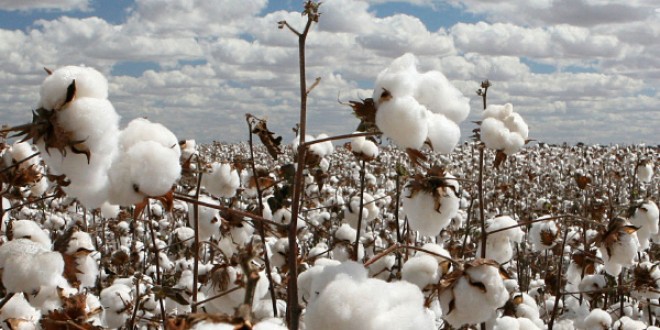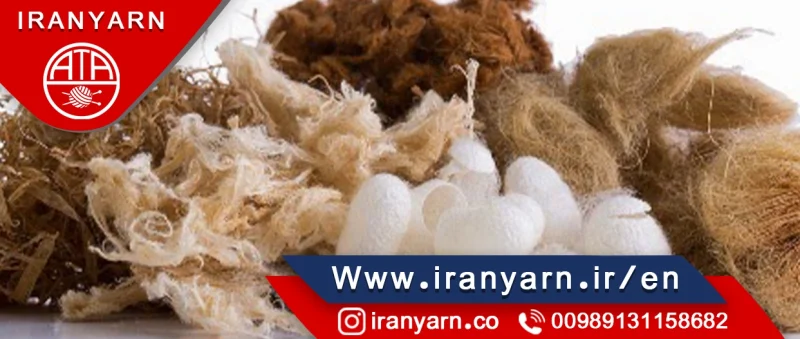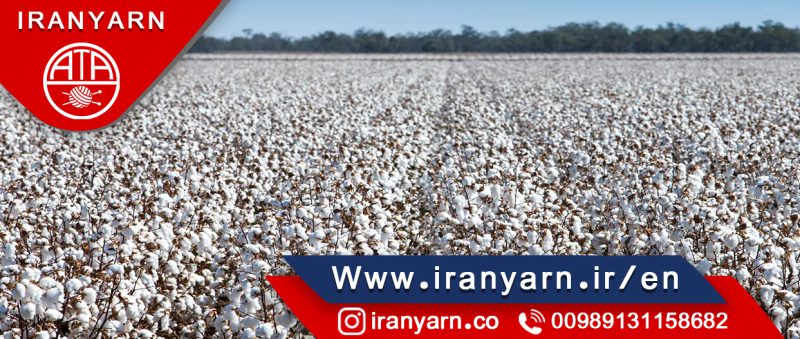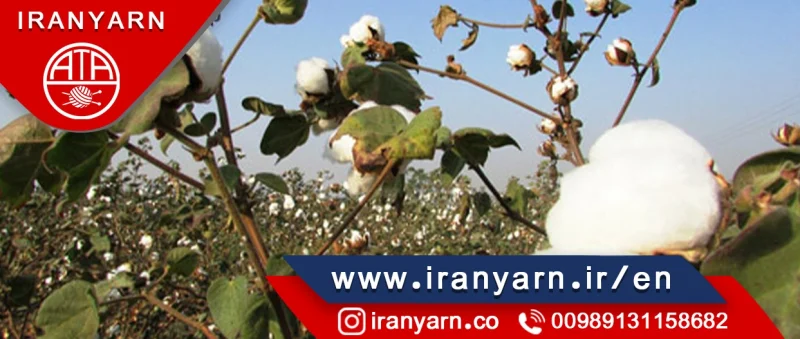October 5, 2020
- Cotton Corporation of India (CCI) had decided to start acquisition at 21 centres in the state from October 1; it has not bought even a single bale in the past three days due to “high moisture content and low quality”.
- Pakistan Central Cotton Committee (PCCC) will mark World Cotton Day on October 7, with an objective to highlight importance of the crop and ensure steps for enhanced production of the cotton.
- The Cambodian government recently announced another round of support measures to aid the garment, textile, footwear and travelling bag industries and the tourism and aviation sectors until the end of the year.
Cotton traded steady tone across major spot market of north India on Monday. Prices were down 10-15 compare to Saturday evening. Today weather clear. New crop ready delivery – In Punjab, cotton traded at Rs 3,815-3,835 a maund. In Haryana, it offered at Rs 3,815-3,825 a maund while in Upper Rajasthan, cotton quoted at Rs 3,790-3,820 a maund.
Cotton spot prices steady tone across west India market on Monday. Gujarat weather clear, Sankar-6, 29mm, stock quality in Gujarat traded at Rs 36,500-37,000 a candy and 28.5 mm average grade quoted at Rs.35,000-35,500 a candy. V-797 sold at Rs 22,300-23,300 (13% trash condition) a candy. While in Maharashtra, old stock good grade cotton (30mm) quoted at Rs 37,000-37,500 a candy.
Pakistan:
Trade activity remains bullish on cotton market: KARACHI: The local cotton market remained bullish on Wednesday after the release of the report which claims that cotton production will reduce. Cotton Analyst Naseem Usman told that supply and quality of Phutti is improving day by day with every passing day. He also told that import agreements of 15 lac bales were signed. It is expected that 45 lac bales will be imported. He told that either there is a buyer of high quality cotton or low quality cotton in the market. However, here is hardly any buyer of mixed quality cotton. Naseem told that the Economic Coordination Committee of the Cabinet approved removal of Additional Customs Duties (ACDs) and Regulatory Duties (RDs) on 169 selected HS Codes of textile sector, including fibers, yarns and fabrics of Nylon, Viscose, Acrylic, Rayon, Silk, Wool and vegetable-based fibers like Hemp, etc. According to sources in Finance Division custom duty and additional custom duty on 169 tariff lines was ranging from 2 to 16 per cent and 2 to 7 per cent respectively. Naseem told that August 2020 was supposed to be the low point in Pakistan’s external trade scorecard. Heavy monsoon rains across the country disrupted supply chain, with the destruction in Karachi particularly affecting the port activity. As a result, monthly figures for both goods imports and exports have recorded double digit decline. Yet, textile group imports stand out, which recorded nearly 40 percent rise on a year-on-year basis. Why? Raw cotton imports. As per PBS Advance Releases, Pakistan recorded its highest ever raw cotton import bill for the month of August (on a seasonal basis) this year. In fact, raw cotton import volume during the month was 12.5 times higher than same month last year and 3.5 times higher than average August imports over the last decade. Naseem told that according to the statistics released by Pakistan Cotton Ginners Association till September 15, 2020 10 lac 35 thousand bales were produced in the country which is 44.12% less as compared to the last year’s cotton production of 18 lac 52 thousand bales. He also told that textile imports will further increase as a result of which country’s economy will further deteriorate. According to the first estimate released by Agriculture Crop Reporting Service, the sowing of cultivated area during 2020-21 season witnessed a decline of 12% owing to major reason behind this was non availability of good quality of seeds.
China:
Cotton futures close higher: ZHENGZHOU, Sept. 30 (Xinhua) — Cotton futures closed higher Wednesday in daytime trading on the Zhengzhou Commodity Exchange (ZCE). The most active cotton contract for January 2021 delivery gained 45 yuan (about 6.61 U.S. dollars) to close at 12,795 yuan per tonne. On Wednesday, the total trading volume for six listed cotton futures contracts on the ZCE was 234,386 lots with a turnover of 15 billion yuan. As the world's largest producer, consumer and exporter of textile, China listed cotton futures on ZCE in June 2004, helping cotton-related enterprises hedge the price risk.
Pakistani cotton yarn exports to China surge: October 04, 2020 – SHANGHAI: Pakistan exported $54.613 million worth of cotton yarn in August, registering a year-on-year decline of 51.36%, according to the Pakistan Bureau of Statistics. However, its cotton yarn export to China surged in the same month. Data from China’s General Administration of Customs shows that Beijing imported $41.836 million worth of cotton yarn (commodity code number 5205) from Pakistan in August, which is 4.36 times more than $9.592 million imported in August 2019, with a year-on-year increase of 336%. To find out the fact behind the substantial growth of Pakistan’s cotton yarn export to China, CEN reporters attended the 2020 Autumn Joint Exhibition of China National Textile and Apparel Council. Low-count sirospun yarn “Pakistan mainly produces low-count sirospun yarns, such as those of 8s or 10s, generally below 21s, which are mostly imported to south China’s Guangdong province to be made into denim,” said Huang Xifeng, sales executive of import and export department at Litai Xingshi Holding. “We imported about 1,000 tons of cotton yarn from Pakistan every year,” Yang Bin, director of Seazon Textile and Apparel in Foshan, China said in an interview with the China Economic Net. “Our denim fabric is made of thick and low-count yarns which are basically 10s or 8s, no more than 12s.” The fabric woven with higher-count yarns is thinner and softer. Yang added that he has cooperated with Pakistan’s cotton yarn manufacturers for nearly 10 years. “As for Pakistan’s cotton yarn, we only imported it from explorer, a Pakistani manufacturer, with which we have cooperated for more than 10 years,” he said. “Produced locally in Pakistan with American and Australian cotton as raw materials, it boasts the best quality of all.” And yet, most of the other Pakistani producers adopt locally grown cotton, which may save hundreds of yuan per ton. Although Pakistani cotton is somewhat of inferior quality to that in America, Australia, and China, it can be turned into denim, Yang said. Pakistani cotton yarn cheaper than China “The main reason for the surge in import lies in the fact that Pakistan’s yarn export to China enjoys zero tariff, thus having a greater competitive advantage internationally,” said Xiamen Naseem Trade general manager Ke Jiangwei. The company has been importing Pakistani yarn for many years in China. “That’s why we prefer Pakistani cotton yarn even when we are offered the same price,” he said









